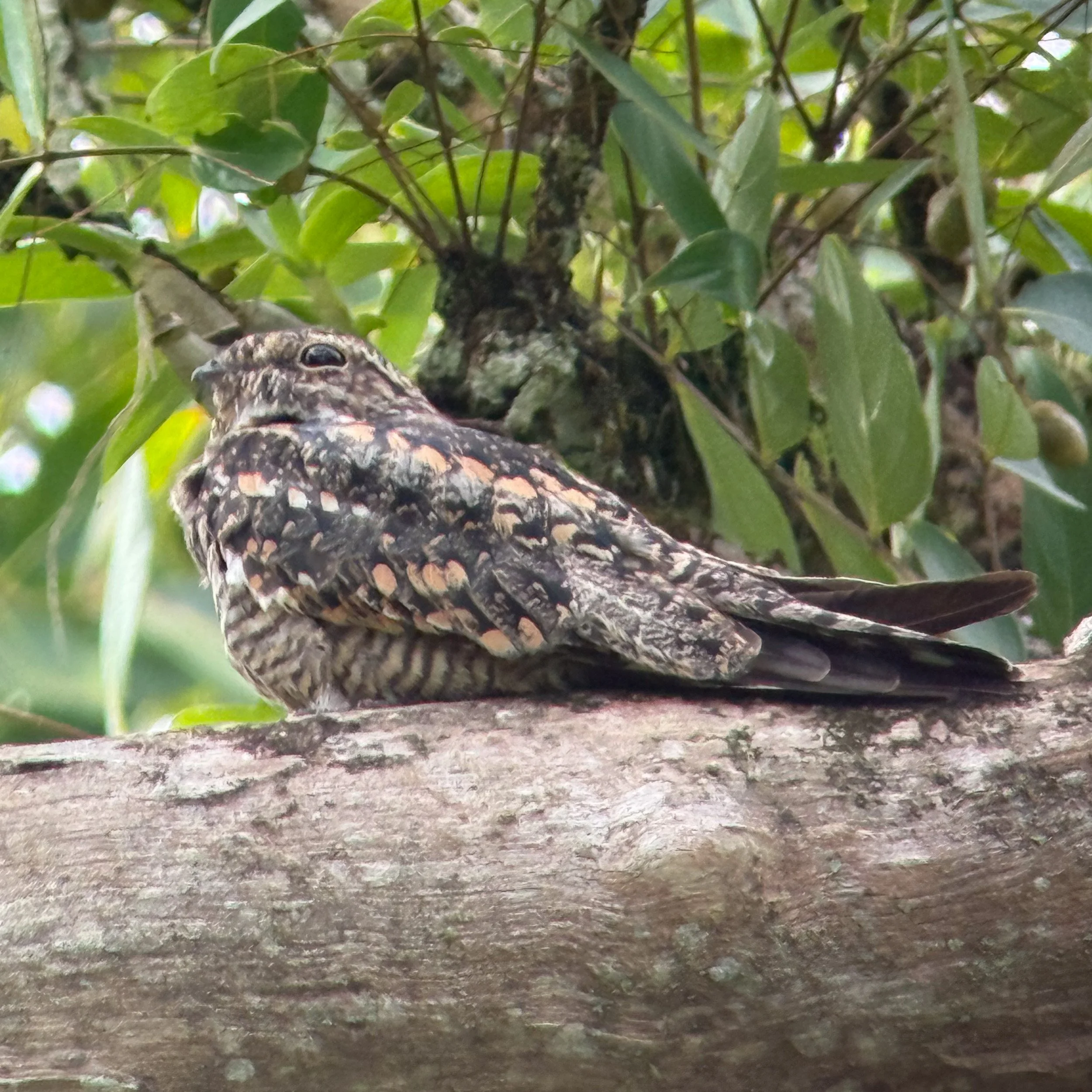Once we decided to do the Galapagos trip, we had the possibility of a stopover in Panama. We knew we could use a little rest after the Galapagos, so we booked a few days of relaxation in old Panama City. As we planned the trip, we wondered, do they have any nature in Panama? It turns out that they do: Panama is at the heart of one of the world's most biodiverse regions (the new world tropics), and Canopy Tower near Panama City has long been established as one of the world's great birding destinations. We like mammals, too, so we signed up for a 9-day bird and mammal tour, with time at both the amazingly nature-rich Canopy Tower and the more luxurious Canopy Lodge.
Each day we were guided on various excursions to find the best local wildlife viewing. The guides were extremely knowledgable and incredibly good at finding birds and mammals; without them, we would not have seen nearly as much. In principle, this was a group tour, but it turned out that we were the only people signed up, so it was just us and the guide each day.
Photography on this trip presented some challenges. Whatever gear we wanted for Panama, we had to carry around the Galapagos, with multiple transfers by small plane, small boat, taxi and hand carrying. We didn't bring our longest lens, the 200-600mm. It would have been great to have that in Panama, but it would have been difficult to lug it around in the Galapagos, especially with the tight weight limits for the inter-island flights. We settled for bringing the Sony A7RIV with the 70-200 f/4 with 1.4x and 2.0x extenders. The 2x turned out not to be useful; in the dark forest, focusing was too slow and unreliable with that setup. Even with the 200mm and 1.4x (280 mm equivalent), I often had to focus manually, and it was hard to see well enough to do that. Most of my photos are above ISO 2000, with many up to ISO 12800; with the relatively short focal length, I had to crop most of the photos heavily. I used a lot of "Enhance" noise reduction in Lightroom. (I also brought the 20-70 f/4, which we hardly used; for wider-angle shots, we tended to use our phones.)
In Panama, we had expert naturalist guides, who carried spotting scopes. They were also expert at hand-holding the phones to the eyepieces of the scopes and getting pretty good pictures. We gradually learned how to do it, too. Looking back over our best photos from the trip, some were from the camera with 280mm, and some were from the phone and spotting scope. The scope gives a much more zoomed-in view, but somewhat reduced image quality. Each setup has its advantages.
June 22 — July 7, 2025 (Including 4 days in Panama City and a couple of extra days added on at Canopy Lodge)






























































